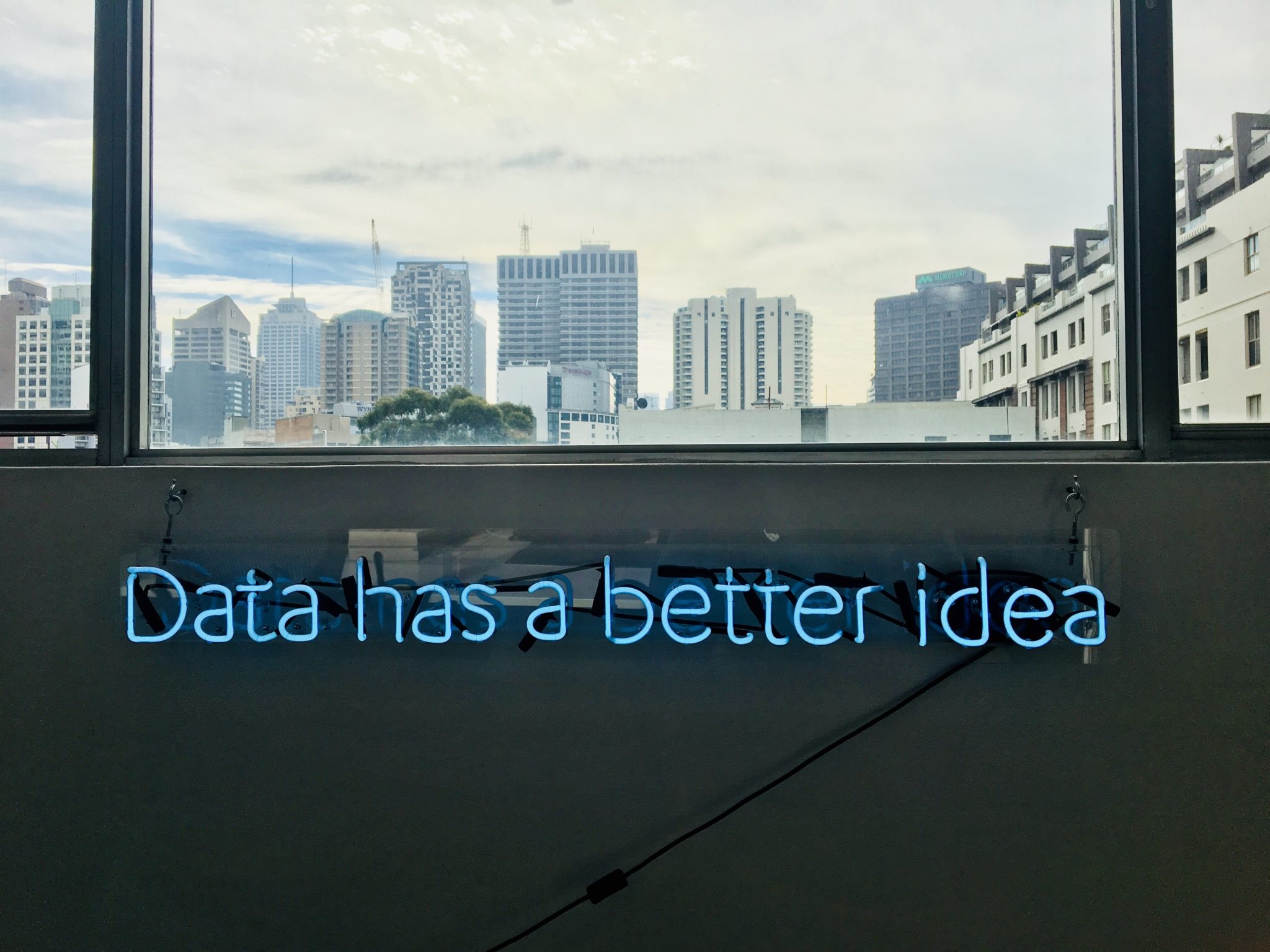Jul 31, 2019
The 4 Most Effective Donor Data Management Techniques

As a member of a nonprofit leadership team, you are intimately familiar with the trials and obstacles that come with data management. So much of your nonprofit’s operations—particularly your fundraising ability—rely on your team’s ability to manage your donor data effectively.
Your nonprofit needs a steady stream of supporters that donate to sustain your good work in the community and the wider world. However, conducting a successful fundraiser is no easy feat when you do not have ready access to your donor data. The type of fundraiser and the strategy your organization needs to follow largely differs based on your specific community.
An effective donor data management strategy will allow your team to understand the nuances of your community in order to better present fundraising appeals. You can do this by implementing the following techniques:
1. Collect the correct data.
2. Keep your data organized.
3. Segment your donors.
4. Clean your donor data.
These 4 effective techniques for donor management will help you to better understand your donor network, and use that knowledge to appeal to existing and prospective donors more effectively. Let’s get started and help you revamp your donor data management strategy!
1. Collect the correct data.
There is no limit to the range and volume of data you might collect on your interactions with donors. The only restraint is how much you can collect while still being able to manage and understand it. In order to make the best use of your finite time and resources, record and analyze a limited amount of data.
As explained in the DonorSearch guide to donor analytics, the data you do collect should point toward two donor characteristics:
- Donor capacity: the individual’s ability to give
- Donor affinity: an individual’s willingness to give to you.
You may be wondering: what specific data points do I need to collect in order to ascertain the donor’s ability and willingness to give?
The answer is simple:
Donor capacity
Examining certain wealth indicators will provide insights into the individual’s ability to give. Consider wealth screening your existing and prospective donors to look for the following factors:
- Real estate ownership. These investments indicate a person’s earning and giving potential. An individual with more than $2 million in real estate is 17x more likely to donate their money to a nonprofit than someone who does not.
- Business affiliation. In addition to determining a person’s net worth, you will be able to leverage these business affiliations for additional donors.
- Stock ownership. Look for individuals who own more than 5% of a company’s public shares or are an officer or director on a board. This will reveal net worth as well as potential leverageable connections.
Understanding who is capable of giving charitably will help your organization better narrow its appeals and prevent wasted efforts on dead ends.
Donor affinity
Regardless of how wealthy your donors and prospective donors wind up being, this is of no use to you unless they have a fondness for your organization and your cause. Philanthropic markers, such as the following, are the most important resource for your fundraising team:
- Past giving. Determine the individual’s RFM score. This uses the person’s recency of previous donations, frequency of giving, and average monetary contribution to provide a meaningful demonstration of their likelihood to donate to your organization.
- Relationship to your cause. People are more likely to donate to a cause that is important to them in some personal way. Look for donors who have donated to a similar organization or have a strong connection to your cause.
- Political giving. There is a strong correlation between people who give to political campaigns and those who donate to charitable organizations.
When you collect data responsibly and focus on the important data, you can avoid being overwhelmed by your donor data.
2. Keep your data organized.
Collecting manageable data is only the first step in effective donor data management. If you want to ensure your fundraising team will be able to develop their strategy based on real evidence, your data must be organized well. Utilize a CRM, or constituent relationship manager, to store and organize your donor data for you.
A CRM will house all the information you gather on your donors, volunteers, and other supporters. When you engage in any type of relationship with an individual, your organization can create a personalized profile for them that will ensure your data is easily accessible and understood. If you are looking for a new, more effective CRM—or are starting from scratch—look for a CRM with features like:
- Customizable fields. Make sure you capture the data you need by using a platform with completely customizable fields. You should be able to configure customized filters and views for specific data points you wish to track.
- Mobile responsive formats. Most people use their phones to access the Internet on a regular basis. It only makes sense that you should be able to access your data on-the-go.
To learn more about which CRM you should choose, check out this list of a few top-rated platforms.
You most likely already use a fundraising software platform or other methods to engage with donors online, process donations, and collect important information on your interactions and transactions. When your data is organized effectively, you will be able to make more informed decisions. This helps you appeal to donors more effectively and form more meaningful relationships with your existing donors.
3. Segment your donors.
Just like not all nonprofits are alike, not all donors should be engaged in the same way. Personal preferences and the type of relationship you have with an individual will greatly affect how you should interact with your donors. A great data management tip that will help you succeed in your donor relationships is to segment your donors.
Donor segmentation is the practice of dividing your donor list into discrete sections based on a variable you deem important.
When you look at your donor data as a whole, it can be difficult to understand the various nuances of your donor network. By dividing the donors into smaller groups based on likenesses, you can better see the patterns and trends in your data.
You can segment your donor based on many characteristics, but some of the most helpful include:
- Basic demographics (e.g. age, gender, location, and marital status)
- Giving preferences (e.g. online, in person, or via direct mail)
- Communication preferences (e.g. social media, text, email, phone call, or direct mail)
- Engagement history (e.g. event attendance, donation history, and volunteer involvement)
Understanding your donors is the purpose of following data nonprofit data best practices, such as donor segmentation. Nonprofits like yours should place a premium on understanding and cultivating donor relationships to the best of your ability. When you do, you will ensure the success of your fundraising and community events—which will, in turn, enable your organization to do more work to further your cause.
Segmenting your donors will set your organization up for success as it engages its fundraising analytics. This technique will give your team access to real, actionable insights on your donors and potential leads.
4. Clean your donor data.
Leaving outdated and invalid information in your CRM or data management system is a common data management mistake. There is no value in cluttering your database with information that will never be useful. Regularly clean your donor database to ensure no meaningful insights are obscured.
To clean your database, follow these simple steps:
- Step 1: Update addresses. Using the NCOA, the National Change of Address database, you can check your data against official records and make the necessary updates. This database contains all changes of address for the previous two years and will help you ensure your data is valid and up-to-date.
- Step 2: Remove lapsed donors and consolidate duplicate records. Make sure you remove individuals who are no longer involved in your organization or have passed away. Merging the additional duplicate records for other donors as well as removing lapsed donors will give you a clearer view of the relevant information only!
- Step 3: Update employment information. Reach out to individuals to verify their employment or academic records. This will help you as you try to craft your appeals and plan your matching gift strategy. Simply sending a survey email to your mailing list can generate a lot of updated information quickly.
Impacting your community and working toward your short and long term goals is best accomplished when you can look clearly at the relevant data—proper data management is absolutely essential to this practice!
For many nonprofits, managing donor data is a laborious and time-consuming project that requires an excess of time and energy. However, if you follow these data management techniques, you will never have to be intimidated in the face of data management again! You will be able to collect, organize, and use your data in a way that benefits all of your donor relationships and guarantees more effective fundraising campaigns.
Related



